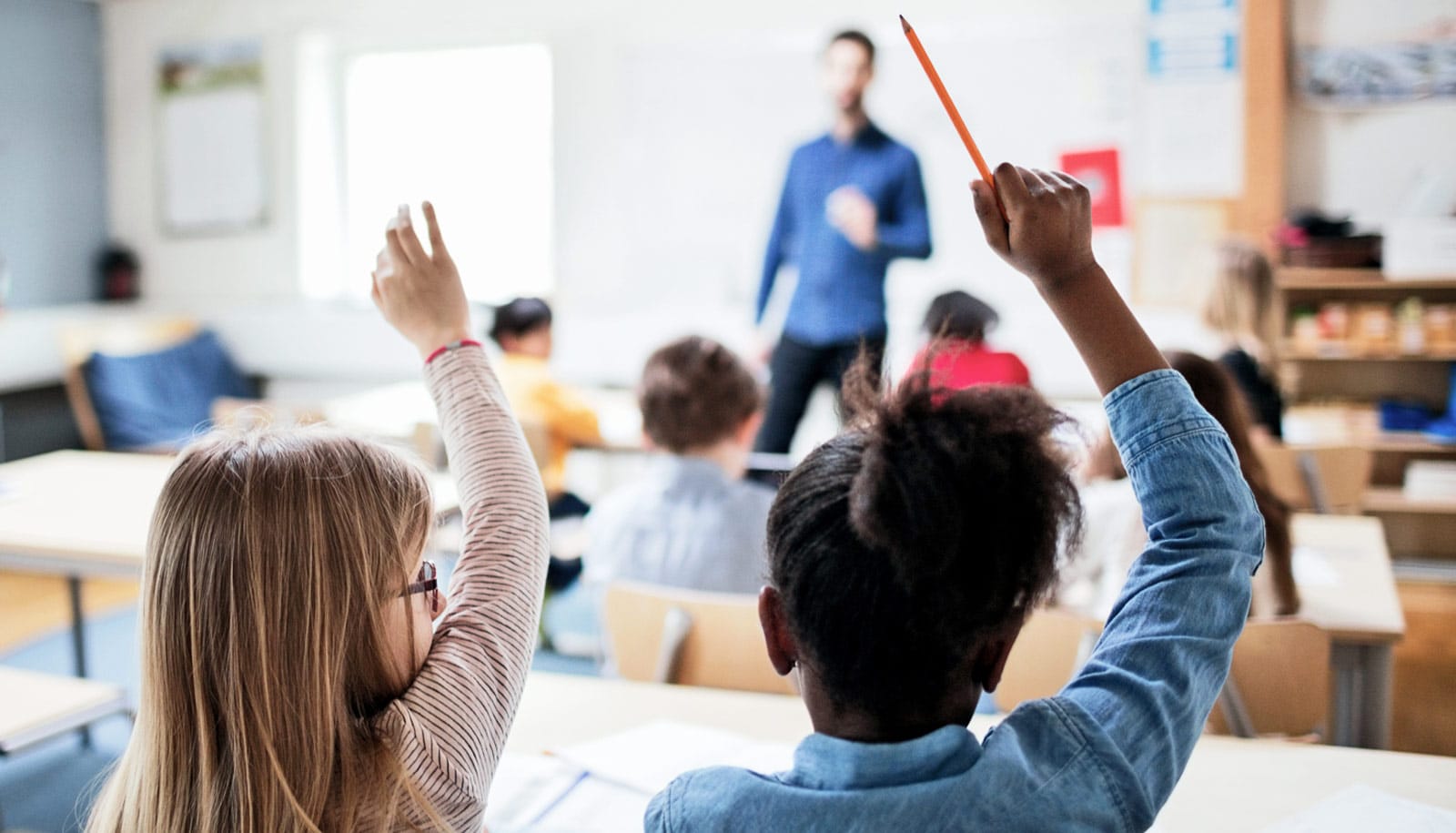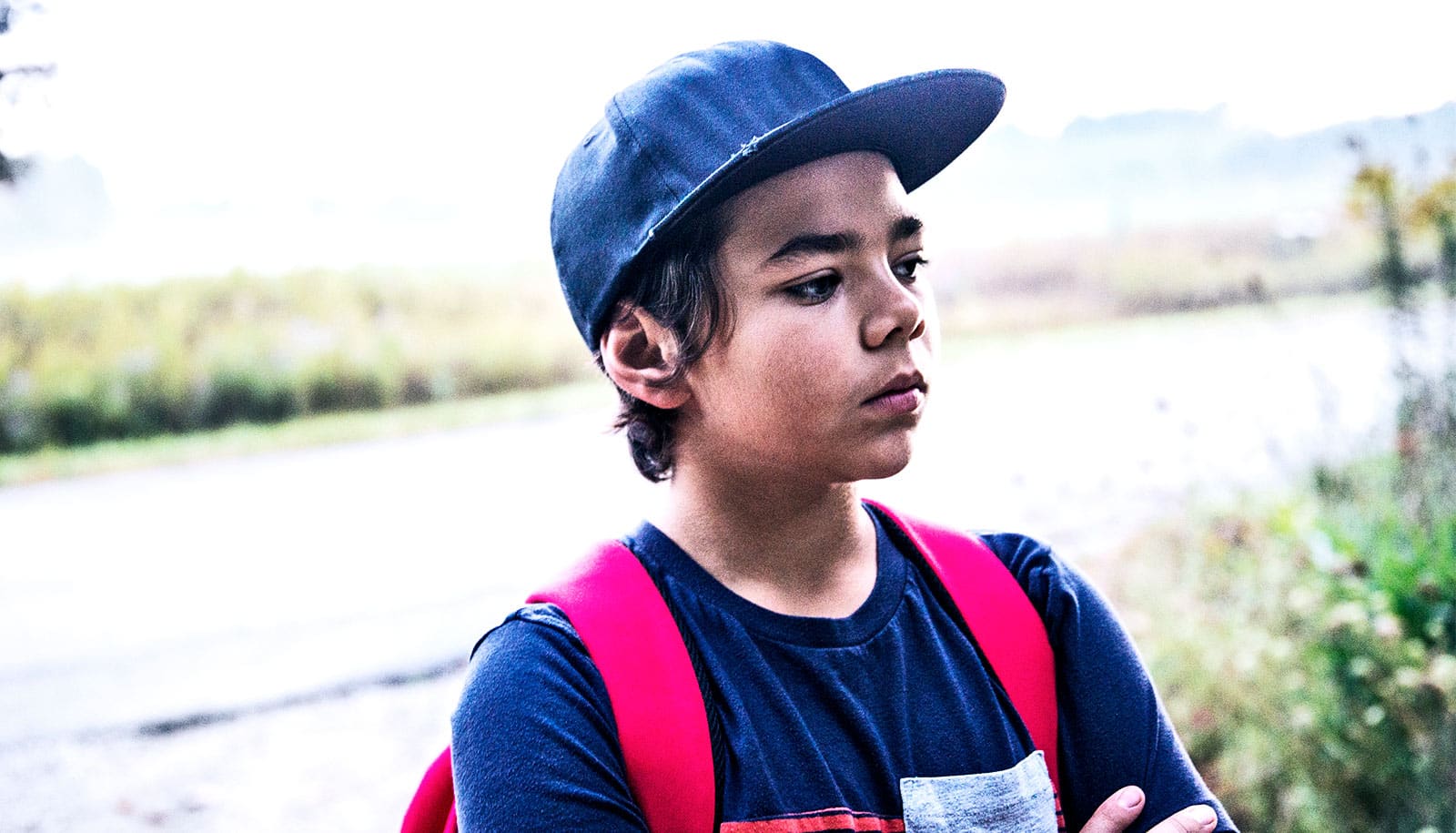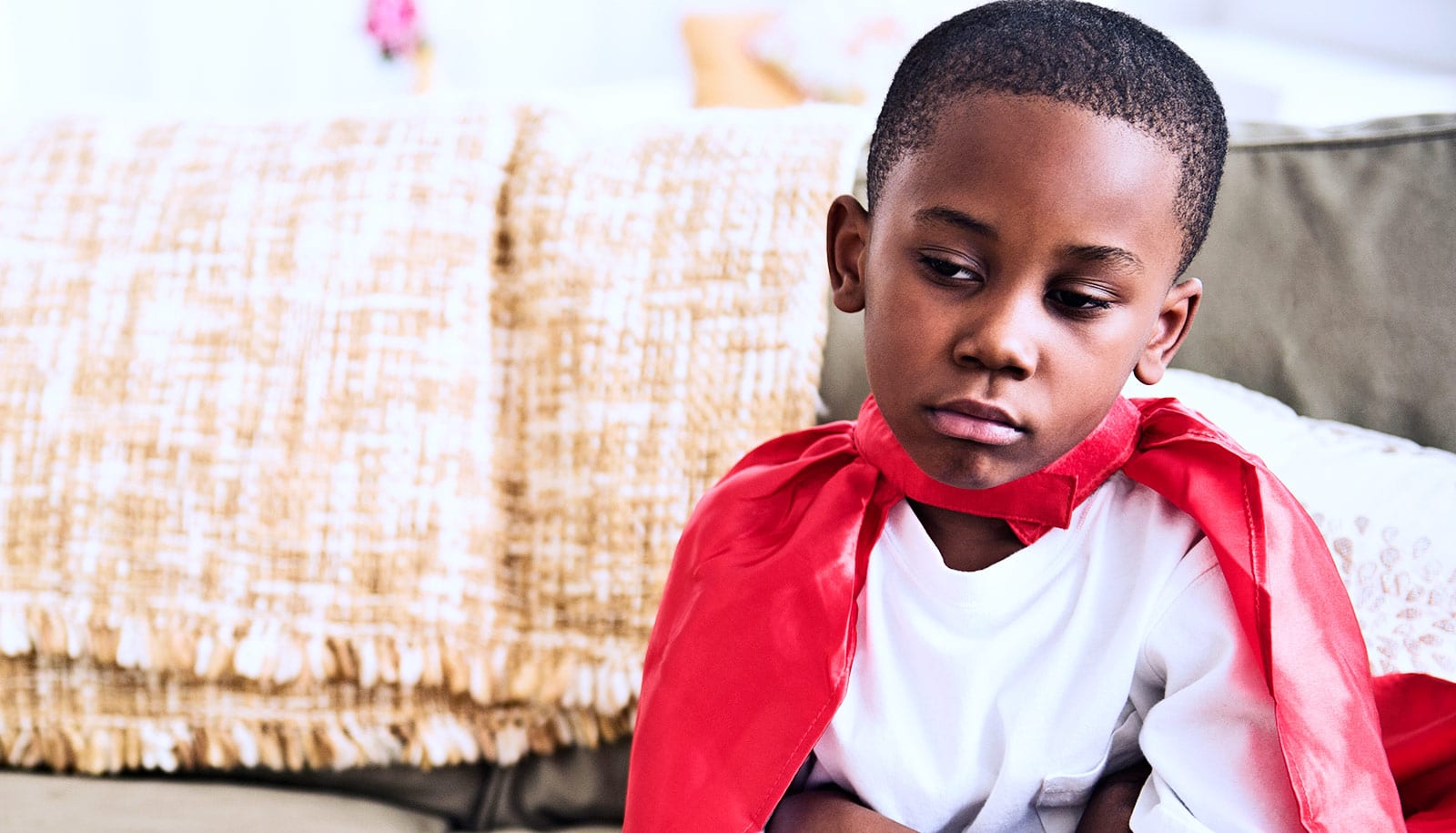Elementary school teachers tend to discipline black students more harshly than white students, leading to a racial gap in expulsions and suspensions, researchers report.
A new analysis finds that teachers’ different treatment of black and white students accounts for 46% of the racial gap in suspensions and expulsions from school among five- to nine-year-old children.
It shows that differences in the characteristics of schools that black and white children attend predominantly explain about 21% of the gap, while differences in student behavior account for 9% of the gap.
The results come on the heels of a 2018 US Government Accountability Office report showing that black K-12 students are 3.2 times more likely than white students to face suspension or expulsion.
The article also follows recent research showing a strong connection between high rates of suspension and expulsion and higher risk of poor school performance, school dropout, arrest, incarceration, and unemployment.
Combined with previous research, the analysis provides evidence that different treatment of children as they enter school could play a large role in the early criminalization of black students, says Jayanti Owens, an assistant professor of sociology at the Watson Institute for International and Public Affairs at Brown University.
“The idea that you can have two kids of different races misbehaving in similar ways and receiving different forms of punishment—one gets a slap on the wrist, say, and the other gets suspended—is a really important thing to understand socially. Subconsciously, we all have racial biases in different ways. This is one way in which those biases are manifesting in the classroom.”
Same school, different punishment
Sociologists have long focused on two different explanations for the racial gap in school suspensions and expulsions, Owens says. One explanation, often referred to as “between-school sorting,” touches on the fact that schools serving mostly students of color and those from low-income families are more likely to adopt “zero tolerance” policies for misbehavior, penalizing students with suspension or expulsion after just one offense.
The other explanation for the racial gap focuses on demonstrated differences across reported race in children’s behavior before they enter school. Owens points to several reasons why these differences may exist: Students of color are less likely to have prior formal education experience than their white peers, and they’re more likely to live in a stressful home environment. Those and other factors, could lead to misbehavior or misunderstandings at school, she says.
Owens says she wanted to explore a third explanation for the racial gap: that teachers and principals punish students of color differently than white students, even within the same schools.
“I’m interested in the ways that the same behaviors can be interpreted and perceived differently based on race, gender, and social class,” she says. “I wanted to look at groups of kids who behaved in the same way but came from different races, and ask, ‘Is there a difference in the way they are treated?'”
Within the same schools
Drawing on teacher and parent reports, school records, and survey data on children who attended elementary school from 2003 to 2009, Owens and coauthor Sara McLanahan of Princeton University, set out to study the racial gap through the lens of these three explanations altogether for the first time, focusing specifically on children between the ages of five and nine.
They found that different treatment of black and white students, even those who attended the same school—accounted for nearly half of the racial gap. Black students had anywhere from a 10 to 19 percentage-point higher likelihood of suspension or expulsion than their comparably-behaved white peers, depending on the severity of their behavior problems, as reported by teachers and parents.
“Not only were black children more likely to be suspended, but these racial differences were happening in the same schools,” Owens says. “It shows that the categories teachers use as reasons for punishment, like ‘defiance,’ ‘disrespect,’ and ‘noncompliance,’ are ripe for racial discrimination. What does it mean to be disrespectful? It would be easy for a teacher to read the behavior of a kid as disrespectful when it may not have been intended that way.”
Potential solutions
The findings not only emphasize the need for bias training among teachers and school administrators but also cast a critical eye on schools’ use of suspension, expulsion, and other exclusionary discipline tactics, Owens says.
“Our findings really put a spotlight on processes within schools,” she says. “There’s been a huge movement toward decreasing the use of out-of-school suspensions in particular urban districts. Tutoring, counseling, and trust-building initiatives between teachers and students of all races—all of those things are likely to help close the racial gap.”
The study appears in Social Forces.
Source: Brown University


